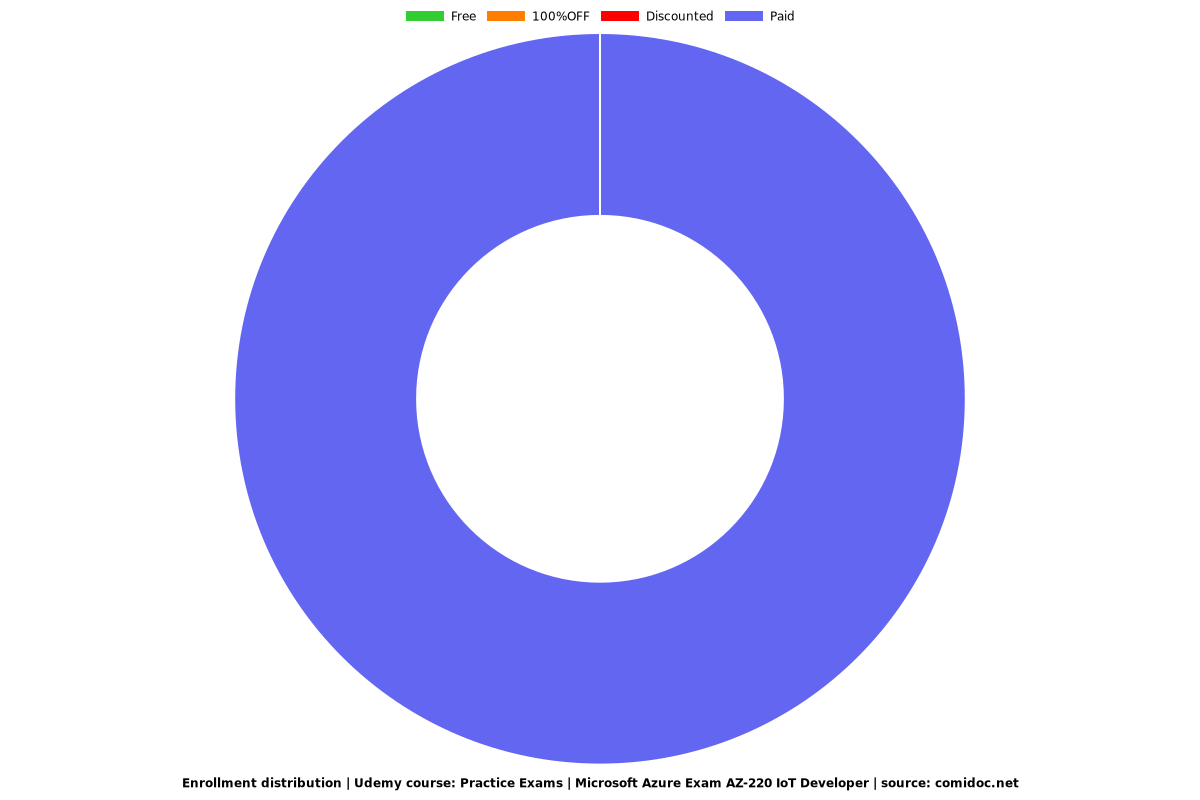Practice Exams | Microsoft Azure Exam AZ-220 IoT Developer
Be prepared for the Microsoft Azure Exam AZ-220: Microsoft Azure IoT Developer

What you will learn
Exam AZ-220: Microsoft Azure IoT Developer
Create and configure an Azure IoT Hub
Build device messaging and communication
Configure physical IoT devices
Set up Device Provisioning Service (DPS)
Manage the device lifecycle
Manage IoT devices by using IoT Hub
Manage IoT devices by using Azure IoT Central
Set up an IoT Edge device
Deploy an IoT Edge device
Develop IoT Edge modules
Configure an IoT Edge device
Integrate with upstream and downstream systems
Develop Azure Digital Twins (ADT) solutions
Configure message routing in Azure IoT Hub
Configure stream processing of IoT data
Create ASA queries
Process real-time data by using Time Series Insights (TSI)
Configure health monitoring
Troubleshoot device communication
Ensure performance and availability
Implement security for IoT devices and services
Implement Azure Defender for IoT
Why take this course?
In order to set realistic expectations, please note: These questions are NOT official questions that you will find on the official exam. These questions DO cover all the material outlined in the knowledge sections below. Many of the questions are based on fictitious scenarios which have questions posed within them.
The official knowledge requirements for the exam are reviewed routinely to ensure that the content has the latest requirements incorporated in the practice questions. Updates to content are often made without prior notification and are subject to change at any time.
Each question has a detailed explanation and links to reference materials to support the answers which ensures accuracy of the problem solutions.
The questions will be shuffled each time you repeat the tests so you will need to know why an answer is correct, not just that the correct answer was item "B" last time you went through the test.
NOTE: This course should not be your only study material to prepare for the official exam. These practice tests are meant to supplement topic study material.
Candidates for this exam are Azure IoT developers with subject matter expertise in creating and maintaining the cloud and device portions of an IoT solution. In addition to configuring and maintaining the devices by using cloud services, they also set up the physical devices. They are responsible for maintaining and troubleshooting the configuration of the devices throughout the lifecycle.
Azure IoT developers implement design specifications for IoT solutions, including device topology, connectivity, diagnostics and monitoring, and security. They develop the code that enables two-way communication between the device and the cloud. They also develop and deploy modules and configure device networking for the Azure IoT Edge portion of the solution. Professionals in this role implement designs for solutions to manage data streams, including monitoring and data transformation as they relate to IoT. The Azure IoT developer works with architects, device developers, data engineers, and other stakeholders to help ensure successful business integration.
Candidates for this exam should have a general understanding of device types and Azure services, including data storage options, data analysis, data processing, AI, and other platform as a service (PaaS) options. They must be able to program in at least one Azure IoT software development kit–supported (SDK-supported) language.
Skills measured on Microsoft Azure Exam AZ-220: Microsoft Azure IoT Developer
Set up the Azure IoT Hub solution infrastructure (15–20%)
Provision and manage devices (15–20%)
Implement IoT Edge (20–25%)
Implement business integration (5–10%)
Process and manage data (10–15%)
Monitor, troubleshoot, and optimize IoT solutions (10–15%)
Implement security (10–15%)
Set up the Azure IoT Hub solution infrastructure (15–20%)
Create and configure an IoT hub
Create an IoT hub
Register a device
Configure a device twin
Configure IoT Hub tier and scaling
Build device messaging and communication
Build messaging solutions by using SDKs (device and service)
Implement device-to-cloud communication
Implement cloud-to-device communication
Configure file upload for devices
Optimize message size and scaling for IoT Hub
Connect to IoT Hub by using Transport Layer Security (TLS) server certificates
Configure physical IoT devices
Recommend an appropriate protocol or gateway based on device specifications
Configure device networking, topology, and connectivity • Add IoT Plug and Play capabilities to a device in a model-driven solution
Provision and manage devices (15–20%)
Set up the device provisioning service
Create a device provisioning service
Create a new enrolment in the device provisioning service
Link an IoT hub to the device provisioning service
Manage the device lifecycle
Provision a device by using the device provisioning service
Deprovision an auto-enrolment
Decommission (disenrol) a device
Manage IoT devices by using IoT Hub
Manage devices list in the IoT Hub device registry
Modify device twin tags and properties
Specify a set of devices to manage by using IoT Hub Automatic Device Management
Implement and manage configuration on a set of devices by using IoT Hub Automatic Device Management
Control access to device functionality by using module identities and module twins
Manage IoT devices by using Azure IoT Central
Create and manage device templates by using Azure IoT Central and Digital Twins Definition Language (DTDL)
Configure rules, actions, and commands in Azure IoT Central
Add, enroll, and manage devices by using Azure IoT Central
Manage Azure IoT Central applications, including security, tenants, customization, and visualizations
Manage data integration, including data ingress, data export, and data transformation
Configure and manage Azure IoT Central jobs
Manage Azure IoT Central by using APIs
Implement IoT Edge (20–25%)
Set up an IoT Edge device
Create a device identity in IoT Hub
Set up an IoT device for IoT Edge
Install container runtime on IoT devices
Configure container startup options to interact with the host system
Update IoT Edge runtime
Provision IoT Edge devices by using the device provisioning service
Deploy an IoT Edge device
Create and implement a deployment manifest
Create a deployment for a single IoT Edge device
Create a deployment to target multiple devices
Create a continuous deployment by using Azure DevOps
Develop IoT Edge modules
Create and customize an IoT Edge module
Deploy a custom IoT Edge module to an IoT Edge device
Publish an IoT Edge module to Azure Container Registry
Define module configuration
Configure IoT Edge module routing
Configure environment for IoT Edge development
Configure an IoT Edge device
Select an appropriate gateway pattern
Deploy an IoT gateway by using IoT Hub and IoT Edge
Configure IoT Edge certificates
Implement and configure offline support (including local storage)
Create a layered hierarchy of IoT Edge devices
Interact with the IoT Edge security manager
Implement business integration (5–10%)
Integrate with upstream and downstream systems
Set up input and output connections to support native Azure services and to enable third-party services • Set up IoT Hub routing to support downstream Azure resources
Develop an IoT solution that uses Azure Digital Twins
Create models and digital twins
Map IoT device data to digital twin models and relationships
Ingest IoT device messages, and translate messages to digital twins
Configure routes and endpoints to trigger business logic and data processing
Manage and query the Azure Digital Twins graph
Update properties on Azure Digital Twins entities in the graph
Monitor and troubleshoot Azure Digital Twins
Process and manage data (10–15%)
Configure message routing in Azure IoT Hub
Implement message enrichment in IoT Hub
Implement routing of IoT device telemetry to endpoints
Implement routing of IoT Hub non-telemetry events to endpoints
Define and test routing queries
Configure IoT Hub as an Azure Event Grid source
Reconfigure the default Azure Event Hubs endpoint when there are multiple endpoints
Configure stream processing of IoT data
Create Azure Stream Analytics for data, and stream processing by using the Azure portal
Process and filter IoT data by using Azure Functions
Write user-defined functions and aggregations in Stream Analytics
Consume Azure Machine Learning functions in Stream Analytics
Configure Stream Analytics outputs
Create Azure Stream Analytics queries
Write a Stream Analytics query that runs in IoT Edge
Write a Stream Analytics query that runs in the cloud
Monitor, troubleshoot, and optimize IoT solutions (10–15%)
Configure health monitoring
Configure rules and alerts based on IoT Hub metrics
Set up diagnostics logs for IoT Hub
Apply Azure Policy definitions for IoT Hub
Gather IoT Edge metrics
Retrieve diagnostic logs from IoT Edge
Troubleshoot device communication
Verify that device telemetry is received by IoT Hub
Validate device twin properties, tags, and direct methods
Troubleshoot device disconnects and connects
Troubleshoot IoT Edge modules and devices
Troubleshoot message loss
Evaluate and test IoT Hub failover
Implement security (10–15%)
Implement security for IoT devices and services
Implement device and gateway security, including shared access keys, key rotation, managed identities, Hardware Security Modules (HSMs), and Trusted Platform Modules (TPMs)
Implement secure connections, including access control, authentication, shared access policies, and TLS
Implement secure networking, including IP filtering and private endpoints
Implement Microsoft Defender for IoT
Configure a Defender for IoT agent-based solution
Install and configure Defender-IoT-micro-agents (security agents)
Configure built-in and custom alerts for IoT Hub
The exam is available in the following languages: English, Japanese, Korean, French, Spanish, Portuguese (Brazil), Chinese (Simplified), Italian, German, Chinese (Traditional)
Screenshots
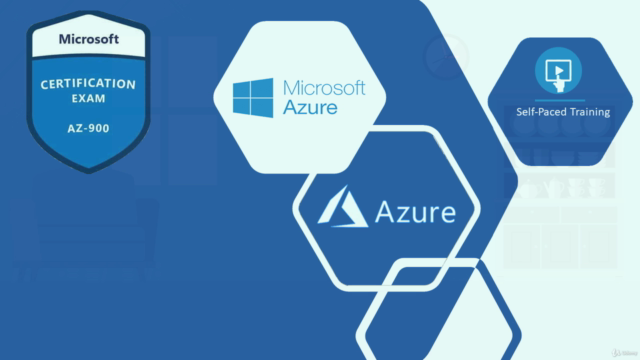

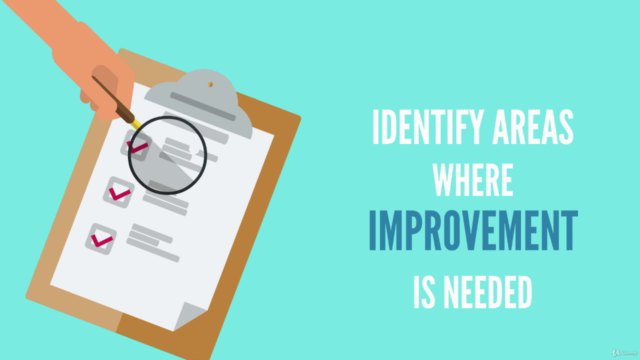
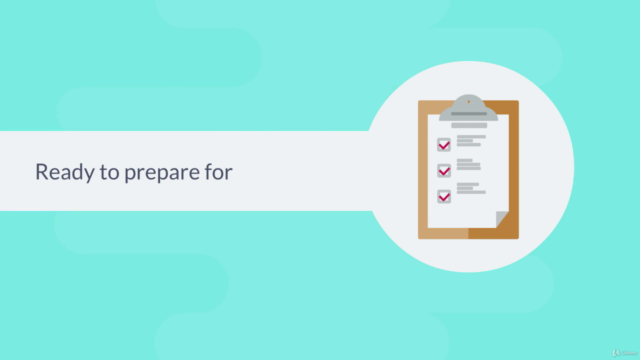
Reviews
Charts
Price
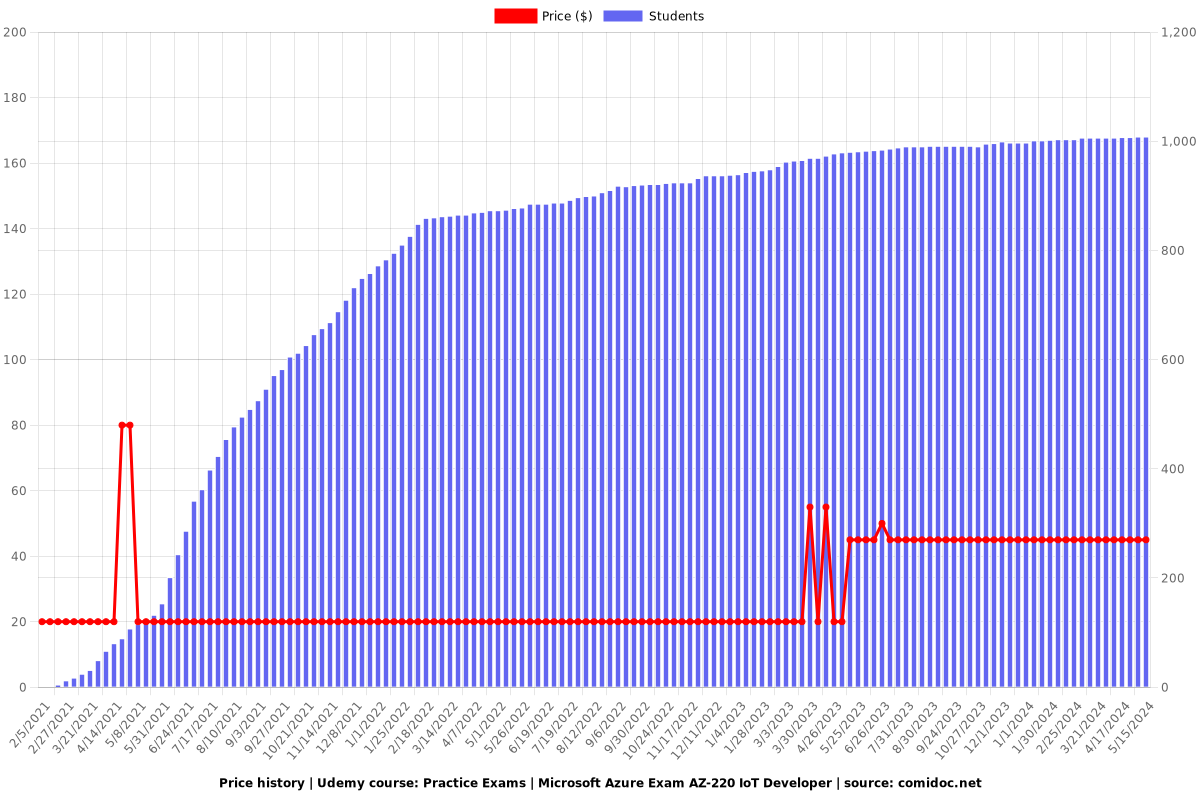
Rating

Enrollment distribution
